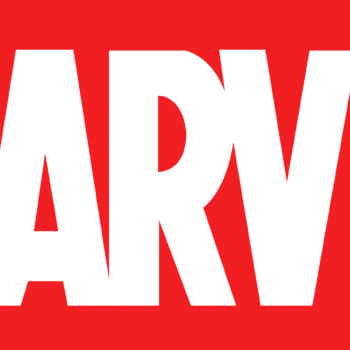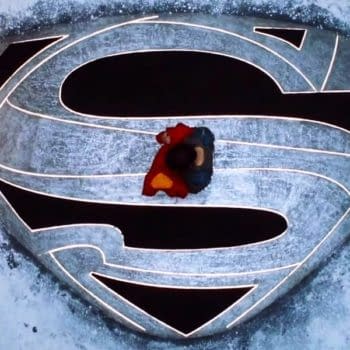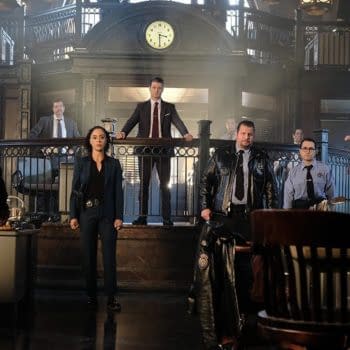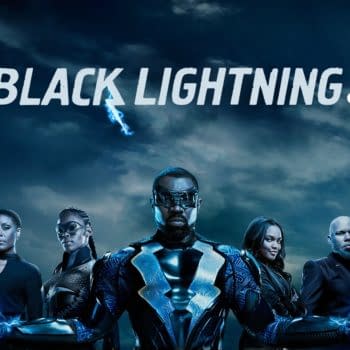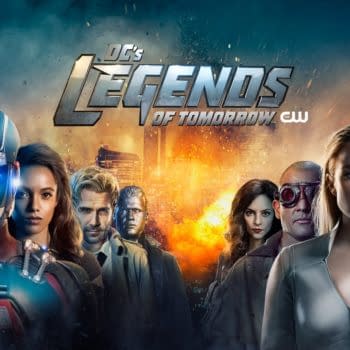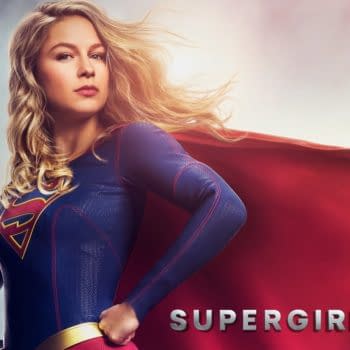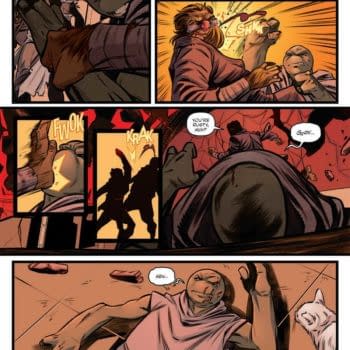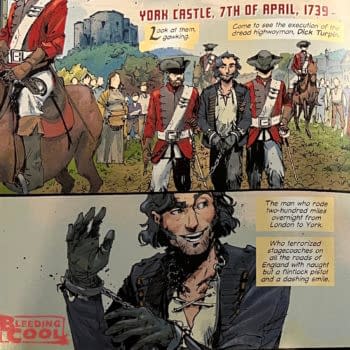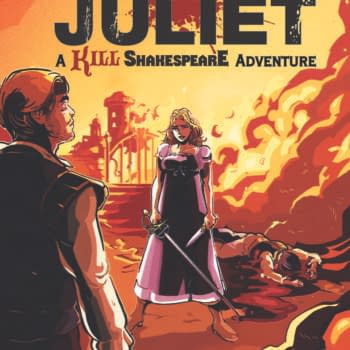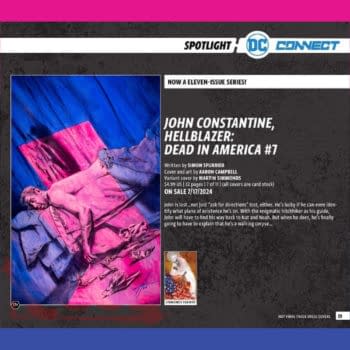Posted in: Comics | Tagged: Comics, dejah thoris, dynamite, entertianment, Frank Barbiere, Nen
Frank Barbiere Uses Fight Scenes As Turning Points In Dejah Thoris
Genevieve Valentine, writer of Xena: Warrior Princess #1, talks with Frank Barbiere about Dejah Thoris #3, both on sale now from Dynamite. Cover is by NEN with interiors by Francesco Manna.
GENEVIEVE VALENTINE: A good action scene needs enough space to breathe visually (especially when it's also propelling character and plot at the same time, as in this issue). When you're building out an issue, how do you consider the framework of plot and character around the action?
FRANK BARBIERE: I always want a fight scene to have proper stakes, so I tend to work to build to them and use them as a partial turning point in the story. When planning out my issues, I tend to think of how long a certain sequence could run for maximum effect/excitement—in this present issue, I knew we'd been building a lot of tension and wanted to get a fairly long sequence to release said tension. I'm very pleased with how Francesco and Morgan rendered it on the art side!
GV: Given that Deja Thoris is a badass, but you're also pulling the story from the pulp pedigree of Barsoom, how do you negotiate things like the misogyny she's facing in the People's Army? What part of the story does that pull?
FB: When thinking of the struggles the character faces I didn't want to overlook the idea that she is still viewed as a "woman" first and foremost by many male characters. I think it's an honest, and necessary, take to show how Dejah would respond, and being a strong leader and someone who believes in herself and her abilities — as well as a warrior — it allows us to have her push against these views and stand strong in the face of typical "tough guys." I'm not necessarily mining anything out of the material, as much as mirroring some of modern society. I think it strengthens Dejah's character to show how she won't back down to any adversity, and always acts as an equal—even in an arena of physical brutality, such as the People's Army.
GV: It looks like this issue is beginning to iris out from the immediate problems Deja Thoris has faced to the wider political problems of Barsoom (which, let's face it, can look pretty iffy to the modern eye). How did your research into the canon inform this aspect of the arc?
FB: I really wanted a strong motivation for Valoris, and while he's been staying mostly in the background so far we see him coming forward in this issue and talking about his goals/views of Helium. There is a big backstory that's going to start unfolding and we'll understand Valoris' motivations more clearly—like most villains, he fancies himself the "hero" of the story and thinks his plan to "liberate" Helium is genuinely a good thing.
GV: Given that egg-laying is already taken, what aspects of Barsoom have you most liked/are you most looking forward to adding to the canon?
FB: I really have enjoyed bringing a new status-quo to Dejah by removing her from Helium. I think it's allowing us to explore different sides of her character, as well as highlight many of her known qualities in a new context. I very much don't want to be retreading old ground, so I've worked hard to bring in some new elements (such as Valoris, and the creepy new Warhoons we'll see more of next issue). It's exciting to play in an established universe, but I'm always most excited by trying to merge new with the old.
For more on Dejah Thoris #3, click here.








